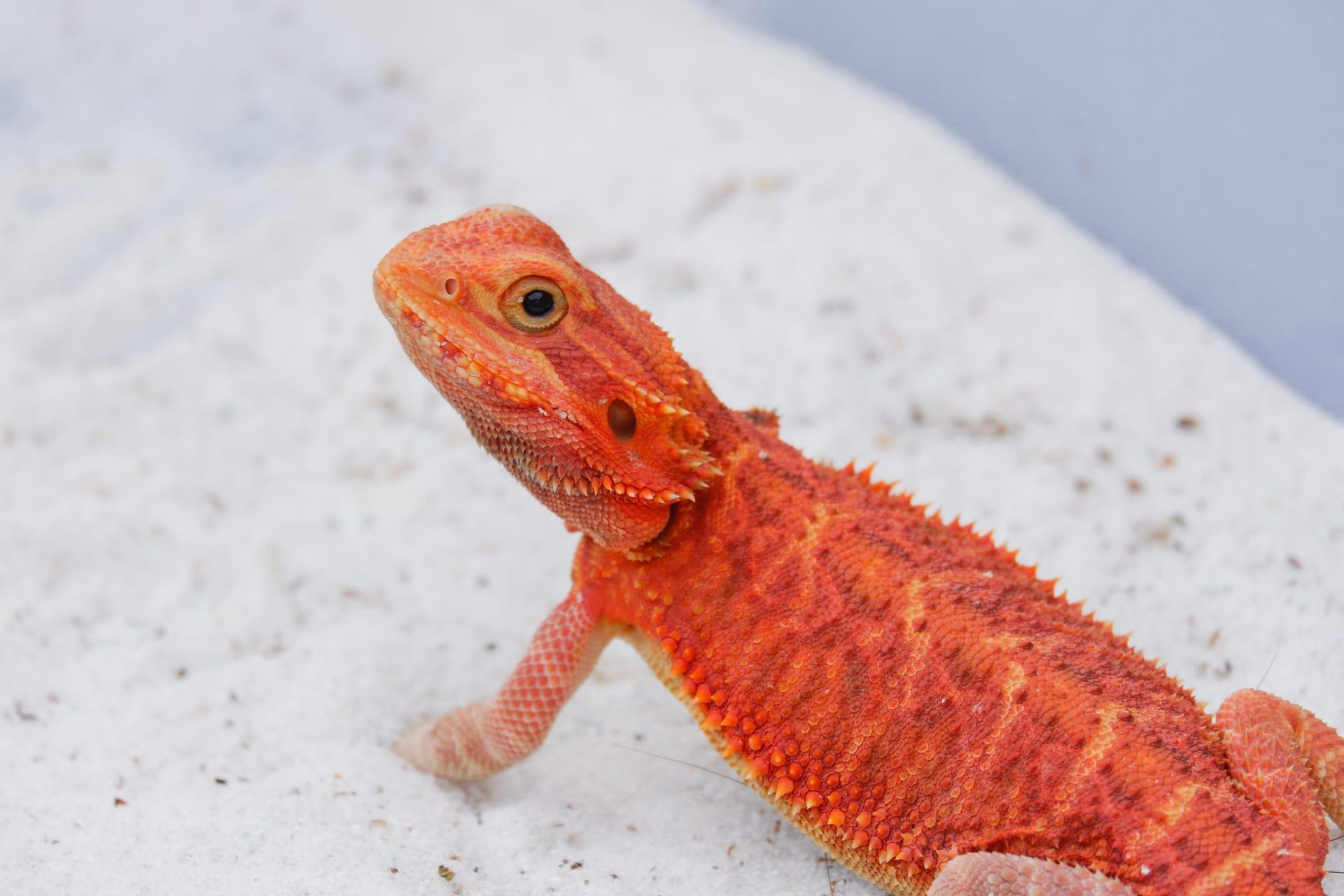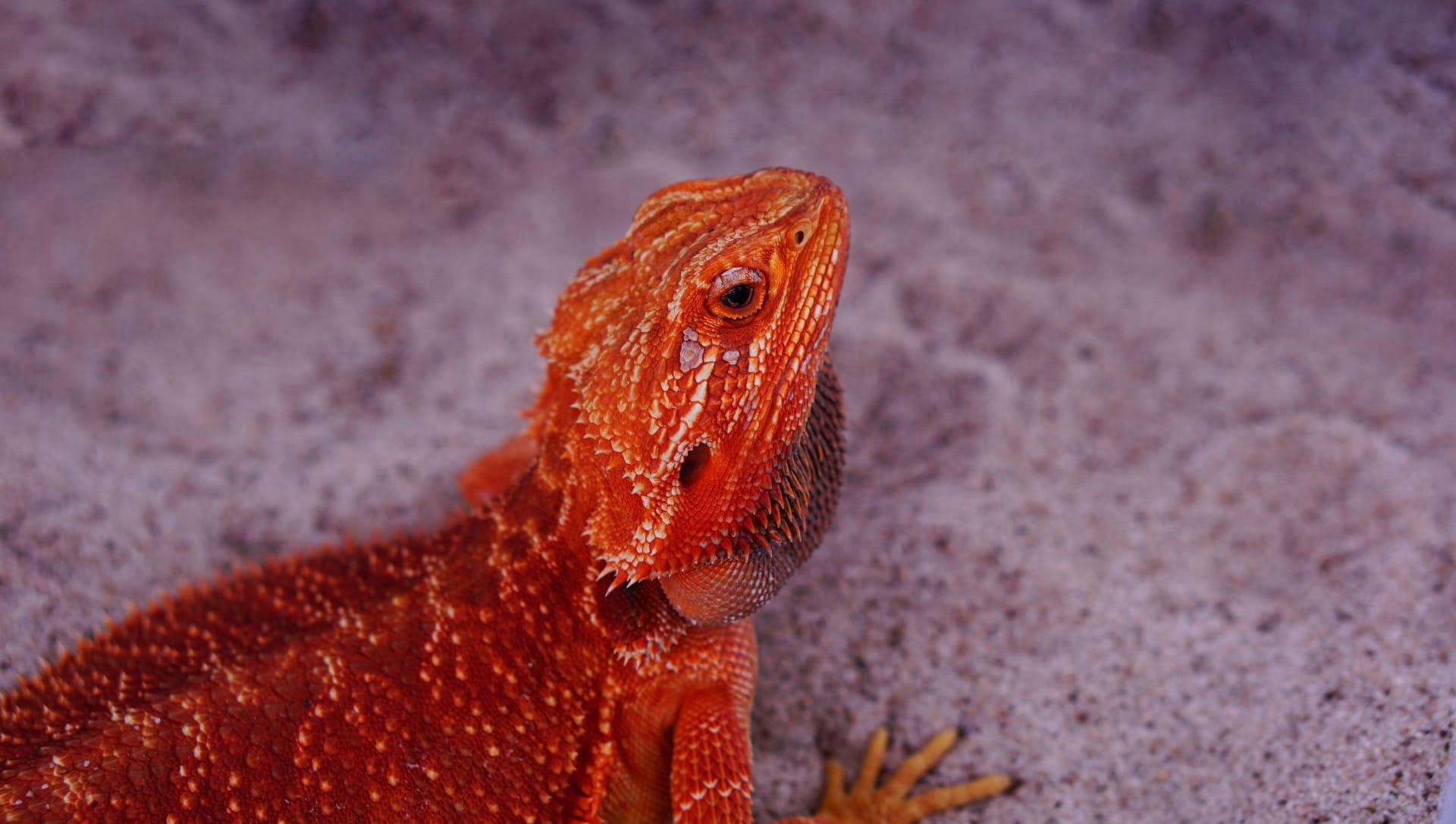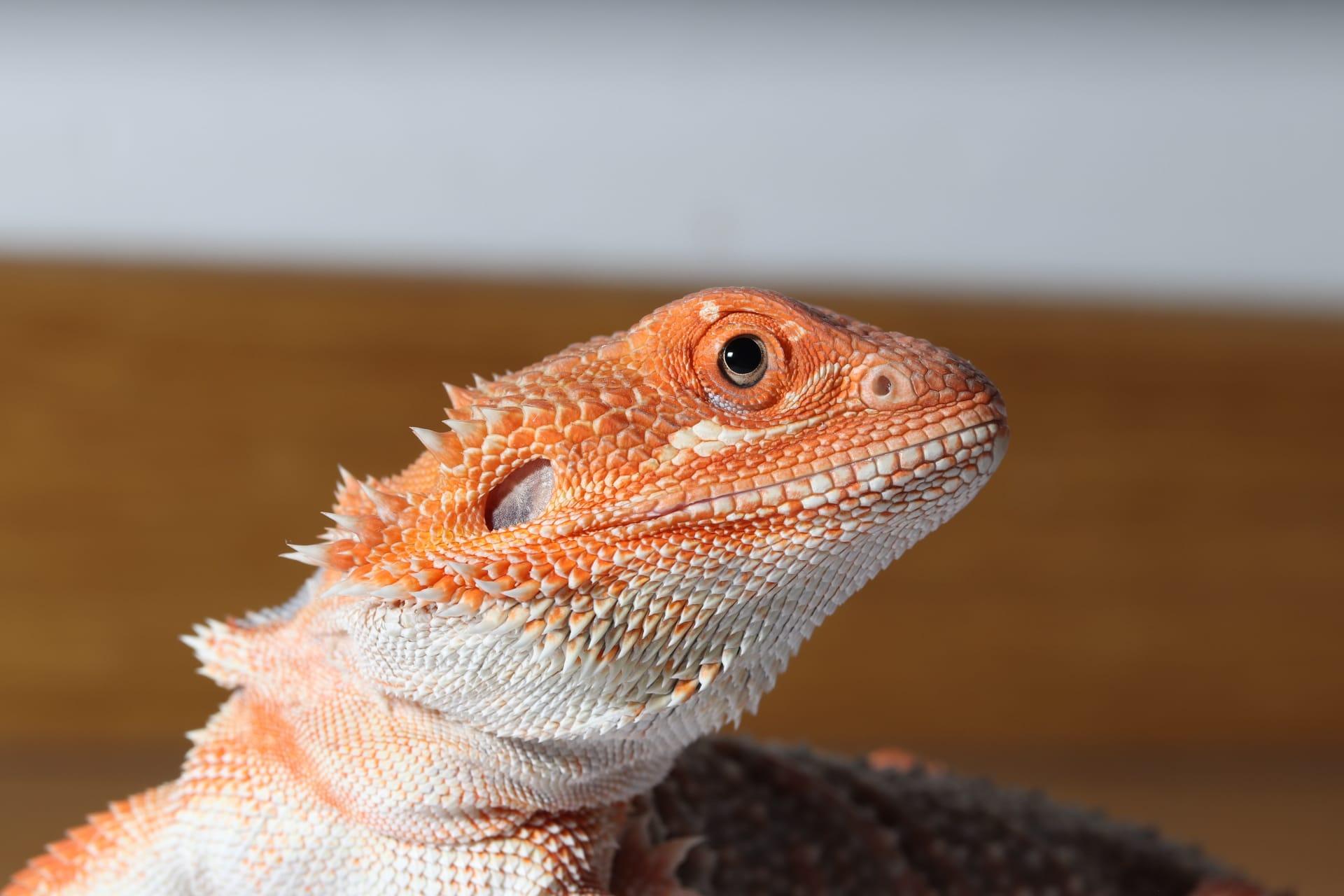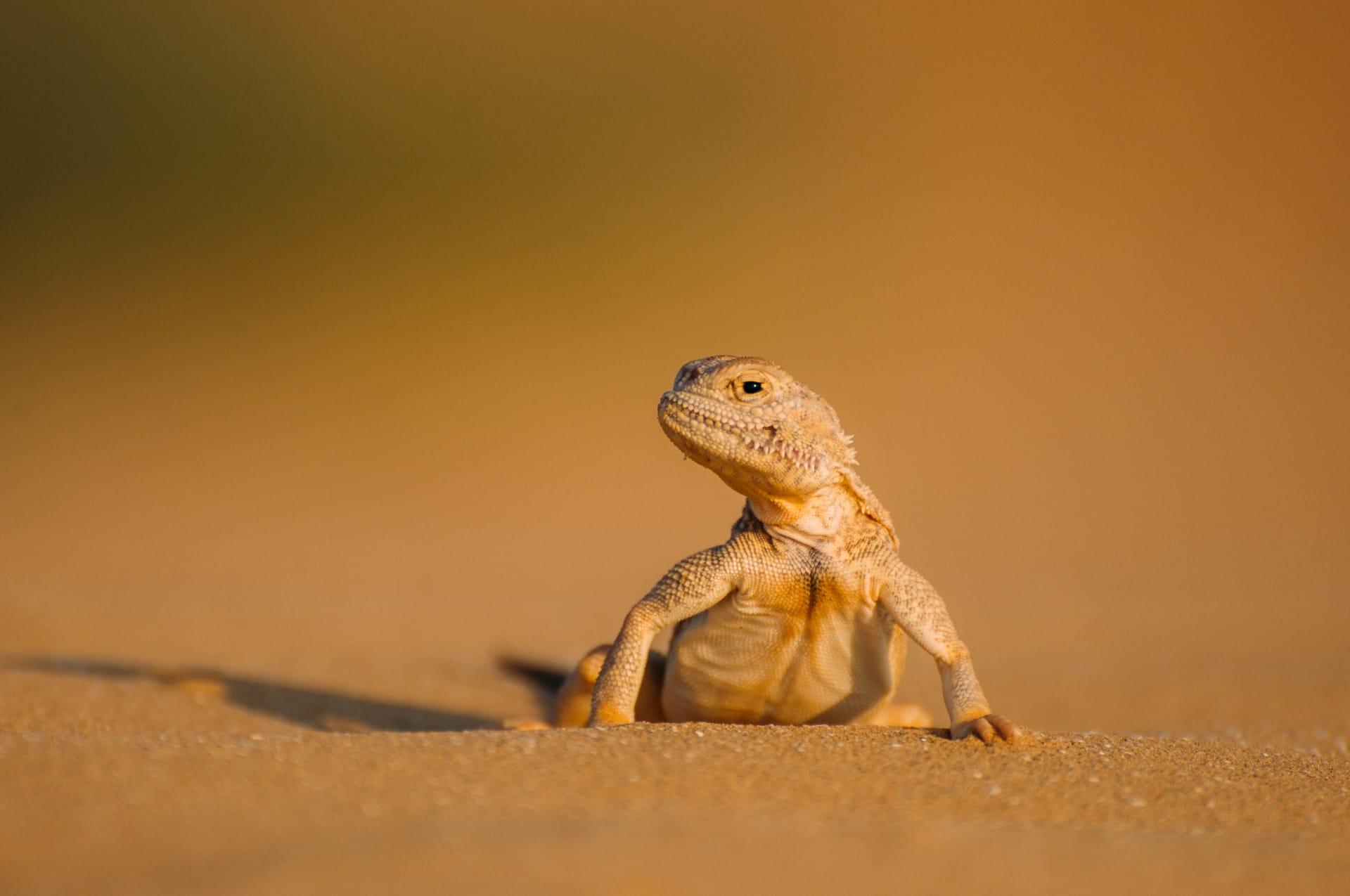Red Bearded Dragon Characteristics
- Home /
- Mini Encyclopedia /
- Animal /
- Red Bearded Dragon Characteristics
1
Red Bearded Dragons, known scientifically as Pogona vitticeps, are fascinating reptiles with distinct physical characteristics. On average, these lizards measure about 18 to 24 inches in length, including their tails. Their lifespan in captivity, with proper care, can range from 10 to 15 years. Notably, they have a robust, flattened body, a broad head, and a distinctive 'beard' of spiky scales under their chin, which can turn reddish when the dragon is stressed or excited.
One of the most remarkable organs of the Red Bearded Dragon is its beard, the spiky scales under its chin. This beard isn't just for show; it plays a crucial role in their behavior and communication. When threatened or trying to assert dominance, the dragon will puff up its beard, making it appear larger to intimidate predators or rivals. This beard can also darken to a near-black color during these displays, adding to their threatening appearance.

2
Question: What is the ideal temperature range for a Red Bearded Dragon's habitat?
Answer: Red Bearded Dragons are native to the warm, arid regions of Australia, and their captive habitat should mimic these conditions. The ideal temperature range for their enclosure is between 75 and 85 degrees Fahrenheit (24 to 29 degrees Celsius) during the day. They also require a basking spot, which should be warmer, ideally between 95 and 105 degrees Fahrenheit (35 to 40.5 degrees Celsius). At night, the temperature can drop to a range of 65 to 70 degrees Fahrenheit (18 to 21 degrees Celsius). It's crucial to maintain these temperatures for their health and well-being.

3
Red Bearded Dragons exhibit unique movement characteristics. They are primarily ground-dwellers and move with a distinctive gait. When running, they lift their bodies off the ground and sprint using their strong hind limbs. This adaptation helps them escape predators quickly and efficiently in their natural habitat. They are also capable climbers, often seen perched on branches or rocks, basking in the sun.
In terms of feeding habits, these dragons are omnivores. Their diet in the wild consists of a variety of insects, such as crickets and mealworms, along with greens, fruits, and vegetables. They have strong jaws that enable them to crush hard-shelled insects. In captivity, a diet that replicates this variety is vital for their health, including calcium supplementation to prevent nutritional deficiencies.

4
The natural habitat of the Red Bearded Dragon is the arid, rocky, semi-desert regions and scrublands of central Australia. They thrive in these warm environments, where the temperature fluctuates significantly between day and night. Their habitat choice in the wild includes open woodlands and desert areas, where they have adapted to survive with minimal water and extreme temperatures.
As for reproduction, Red Bearded Dragons are oviparous, meaning they lay eggs. The breeding season typically occurs in the spring, and after mating, the female lays between 11 and 30 eggs. These eggs are usually deposited in a burrow dug by the female and incubate for around 60 to 80 days. Hatchlings are independent from birth, measuring about 4 inches in length, and quickly adapt to fend for themselves.

5
Book: "The Bearded Dragon Manual" by Philippe de Vosjoli, Robert Mailloux, Susan Donoghue, and Roger Klingenberg. This comprehensive guide, published in the United States in the early 2000s, provides detailed information on the care, breeding, and health of Bearded Dragons. The authors, experts in reptile biology and veterinary care, offer insights into the proper habitat setup, diet, and common health issues.
Book: "Bearded Dragons: A Complete Guide to Pogona Vitticeps" by Steve Grenard. This book, also from the United States and published in the late 2000s, focuses on the biology, behavior, and captive care of Bearded Dragons. Grenard, a herpetologist, shares his extensive knowledge and experience, making the book an invaluable resource for both novice and experienced reptile enthusiasts, covering topics from diet to breeding and health care.